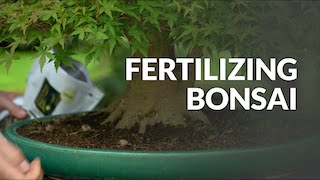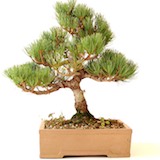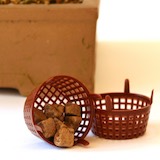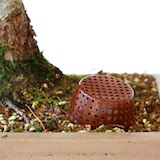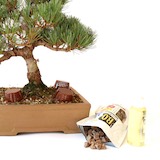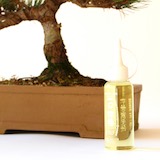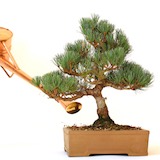The basic components of fertilizer
There are three basic elements in any fertilizer; Nitrogen, Phosphorous, and Potassium (NPK.) Nitrogen increases the growth of the leaves and stems or the growth above ground. Phosphorus contributes to healthy root growth and the growth of fruits and flowers. Potassium enhances overall plant health. Growers often use different ratios of NPK for different trees and at different times of the year. However, experts are increasingly recommending using the same NPK ratio throughout the Bonsai growth cycle. Apart from the three macronutrients (NPK), fertilizers can also include a range of micronutrients like Iron, Manganese, Boron, Molybdenum, Zinc, and Copper.
When should I apply fertilizer?
Most Bonsai trees should be fertilized during the entire growing season; early spring through mid-fall. Older and more mature trees are often fertilized less frequently, depending on the species, time of year, stage of development, and health of the tree. Indoor trees can be fertilized all year round. Check our care guides for specific information about when to fertilize each specific tree species.
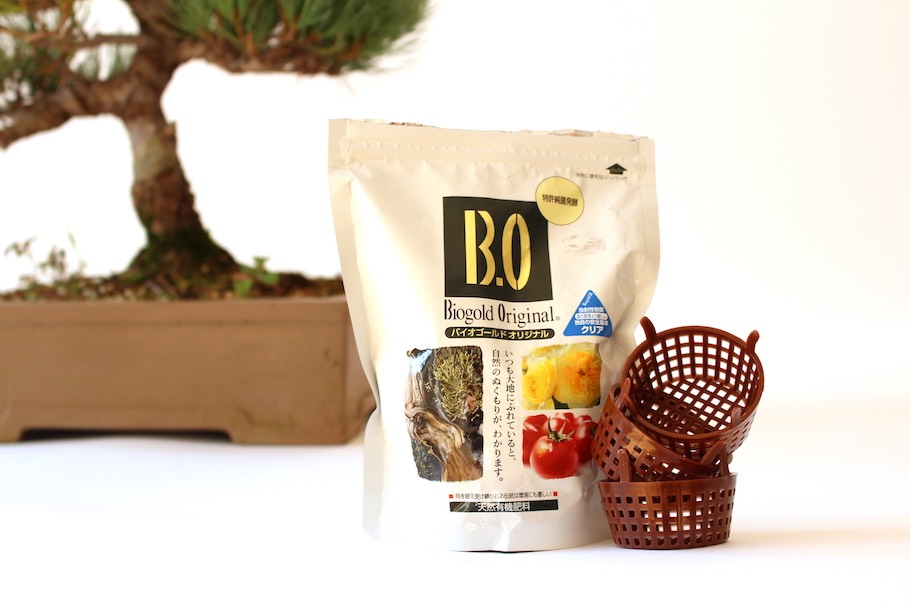
Which fertilizer to choose?
It is important to choose the right fertilizer for your Bonsai plants and apply the right quantities. For outdoor Bonsai we recommend using a relatively high Nitrogen content fertilizer like NPK 10:6:6. in spring, a more balanced fertilizer like NPK 6:6:6 is more optimal for summertime, and a low Nitrogen fertilizer like NPK 3:6:6 for autumn. More and more, experts are favoring using a balanced fertilizer throughout the growing season, and slowly decreasing the amount applied towards the end of the growing season.
The fertilizer you choose should also depend on the developmental stage of your trees. Our goal for a Bonsai in early development is strong growth, hence we need a relatively strong fertilizer. For a Bonsai in late development we desire balanced growth for fine ramification, and a balanced fertilizer would be recommended. For far more in-depth explanations, consider enrolling in our Beginners course.
Subtropical tree species are usually kept indoors and don't experience seasonal changes. They grow year-round and need to be fertilized consistently. For indoor Bonsai, we recommend a balanced liquid fertilizer. Follow the guidelines as stated on the product packaging.
There are a few exceptions worth pointing out for using varying ratios of NPK. Using a high Phosphorous fertilizer like NPK 6:10:6 can help promote the flowering growth of a Bonsai tree. Using a fertilizer with a slightly lower Nitrogen content or reducing the amount of fertilizer used can be advantageous for older or more mature Bonsai. Bonsai fertilizer is like any other, but buying from an online Bonsai store will ensure you find the right NPK values to promote Bonsai growth. Biogold is a favored fertilizer among Bonsai enthusiasts, but any fertilizer with the right NPK value is perfectly fine. There is a wide variety of liquid, solid, synthetic, and organic fertilizers. What type of fertilizer you use, doesn't matter, but you have to make sure to carefully follow the application guidelines as stated on the product’s packaging.
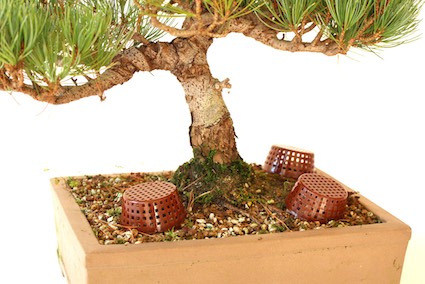
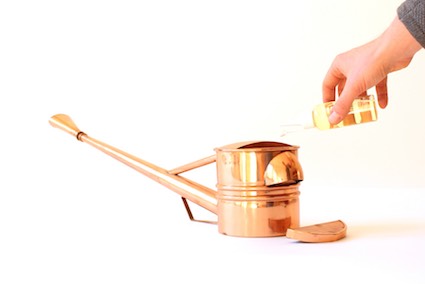
How much fertilizer should I apply?
The quantity of fertilizer you use and the frequency in which you apply it can vary depending on which fertilizer you buy. Follow the instructions listed on your fertilizer packaging to make sure you feed your Bonsai correctly. Make sure your Bonsai is planted in a proper, well-draining Bonsai soil, to prevent a buildup of salts.
You can choose to slightly reduce the recommended quantity for trees that are no longer in training to balance their growth, instead of stimulating it. When using solid fertilizer it helps to use fertilizer covers to make sure the fertilizer stays in place. Never overfeed your trees, as this will have serious consequences for their health.

